After our Singapore Flyer “round” trip, we had a late lunch at Seafood Paradise. Next in our itinerary was Sentosa and, to get there, we again boarded 2 taxis and dropped off at Sentosa Imbiah Station.
Upon arrival, we all first tried out the Tiger Sky Tower, Singapore’s tallest free-standing observatory tower, opened on February 7, 2004. Once inside the large, 72-pax air-conditioned, disc-shaped cabin fitted with glass windows all round, it then revolved slowly as it ascended the column of the tower to a maximum height of 131 m. above sea level (110 m. above ground). On the way up, we enjoyed panoramic views across Sentosa, Singapore’s southern islands and neighboring Malaysia and even Indonesia.
After our tower ride, we walked to the nearby Images of Singapore building to try out Singapore’s award-winning attraction – the Images of Singapore. A quick peek into Singapore’s history, culture and heritage, this walk down memory lane was the second for me and Grace and the first for the rest. A journey to the very soul of the nation, it brings the country’s past back to vivid life using multimedia displays, multi-screen theater presentations and life-sized tableaus depicting local history.
Here, legend, facts and folklore are creatively interwoven into an “I am there” experience as we journeyed from the earliest days of Singapore’s founding, when Sir Thomas Stamford Raffles stepped along the banks of Singapore River, to today’s modern Singapore where cultural diversity, unity of values and adventure converge. We were also amazed by the many colorful festivals celebrated in Singapore.
After our Images of Singapore, Jandy, Cheska and I tried out the non-motorized Luge, a self-steering, gravity-driven 3-wheel cart, originally from New Zealand, that is part go-cart, part toboggan. Here, we all navigated 650 m. down the Jungle Trail or 688 m. down the Dragon Trail with the option to go thrillingly fast or to cruise slowly as we went down the hill to Siloso Beach. Truly a unique outdoor experience.
After the Luge, we next boarded the Skyride, along the way taking in the panoramic and breathtaking scenery of the city skyline, harbor and beautiful coastline. The used luges are also slung underneath our seats for transport back up the hill.
Come evening, we proceeded to the S$4.5million Cineblast, opened in June 2007, to watch “Extreme Log Ride,” Singapore’s only cinema ride. This thrilling, 4-dimensional, motion-simulated “ride of your life” combines the virtual “roller coaster” rides with high-definition wide-screen projection. Here, we all sat inside a cyclone unit that is mounted onto a 6-axis system and then experienced amazing real-life thrusts and motion unlike any other as we felt the exhilaration of flying to the top of the highest mountain, the stomach-churning virtual thrill of rushing into the deepest valleys, and the gripping excitement of being tossed about by whitewater rapids.
Next, we moved on to the S$3.5 million Sentosa 4D Magix Theater, opened on January 2006, to watch the comedy “Pirates!” This whole new generation in movie magic, the first in Southeast Asia, is an interactive movie experience with 4-dimensional digital effects, using a state-of-the-art digital projection system and a DTS 6.1 sound system.
We were seated on a motion-based chair equipped with a wide spectrum of special visual, sound, motion and environmental effects such as built-in speakers as well as environmental effects like water features, seat vibration, leg ticklers and base shakers, placed us right in the middle of the action. During the 3-D show, visual effects kept popping out of the big screen, we were tossed about in our seats, felt the wind blowing in our face and the water rushing our way, all environmental effects that provided a life-like feel.
We again met up with the others at the 2,500-pax, open-air Palawan Amphitheater for the 7:30 PM showing of the mesmerizing “Songs of the Sea.” This one-of-a-kind entertainment spectacle, with a live cast, features dramatic effects, pyrotechnics displays, water jets, flame bursts and lasers amid captivating music. Truly, a performance we didn’t want to miss. Designed by Yves Pepin, this show was started on March 26, 2007, replacing the 25 year old Magical Sentosa show. The water jets, water screens, lasers and projectors are hidden at the back of the 120 m. long Malay kampung (or kelong) by the sea. The show runs twice nightly.
After the “Songs of the Sea” presentation, Grace accompanied Dad and Mom back to the hotel while Jandy, Cheska and I tried out the after-dark Go Green Segway® Eco Adventure, a first for all of us. Here we tried out the Segway, a futuristic personal mobile transporter and mobility device, along a secure circuit.
After the Segway ride, we had a late dinner at a 7-Eleven outlet and loll around, for some time, at Palawan Beach. We, as well as many other tourists leaving Sentosa, waited a long time for the arrival of the monorail to Vivo City. From Vivo City, we took the MRT to Dhoby Ghaut and then a taxi back to our hotel.
Sentosa Resort: 33 Allanbrooke Road, Sentosa Development Corporation, Singapore 099981. Tel: 6275 0388.







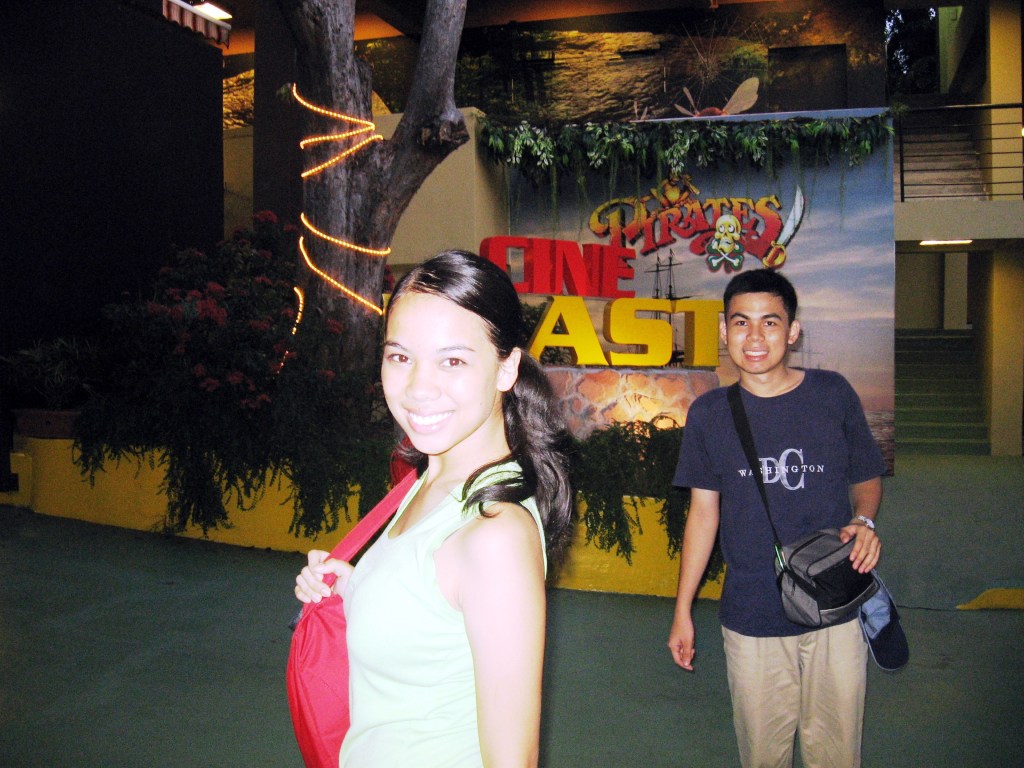

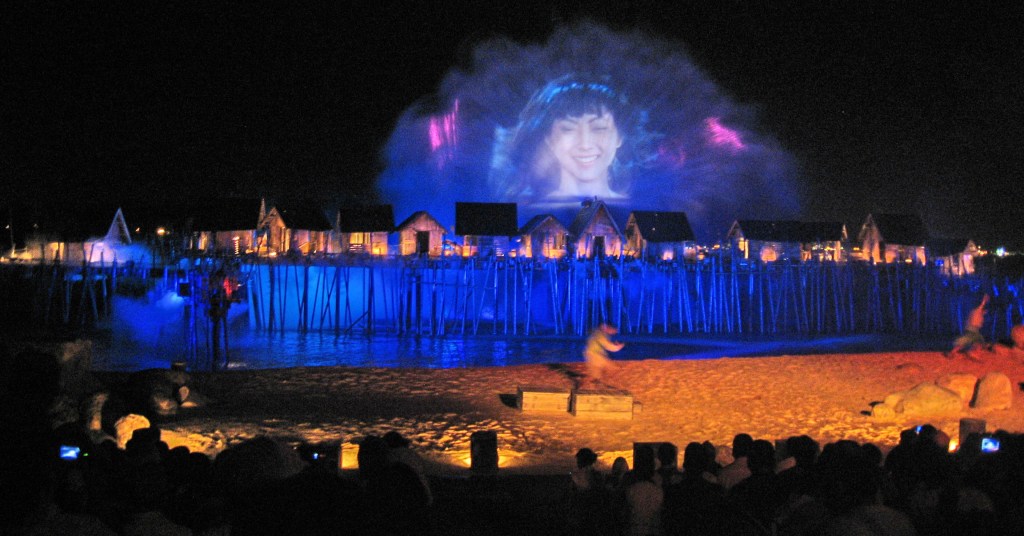

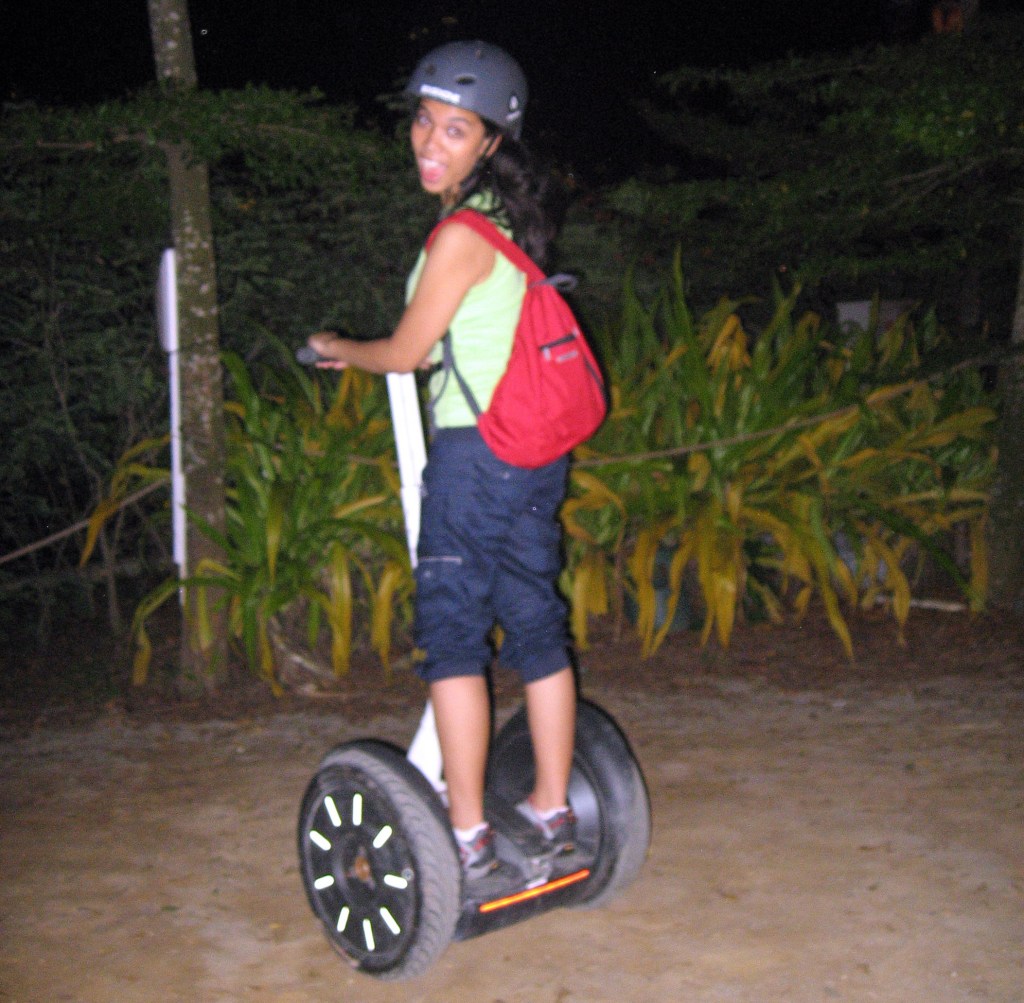
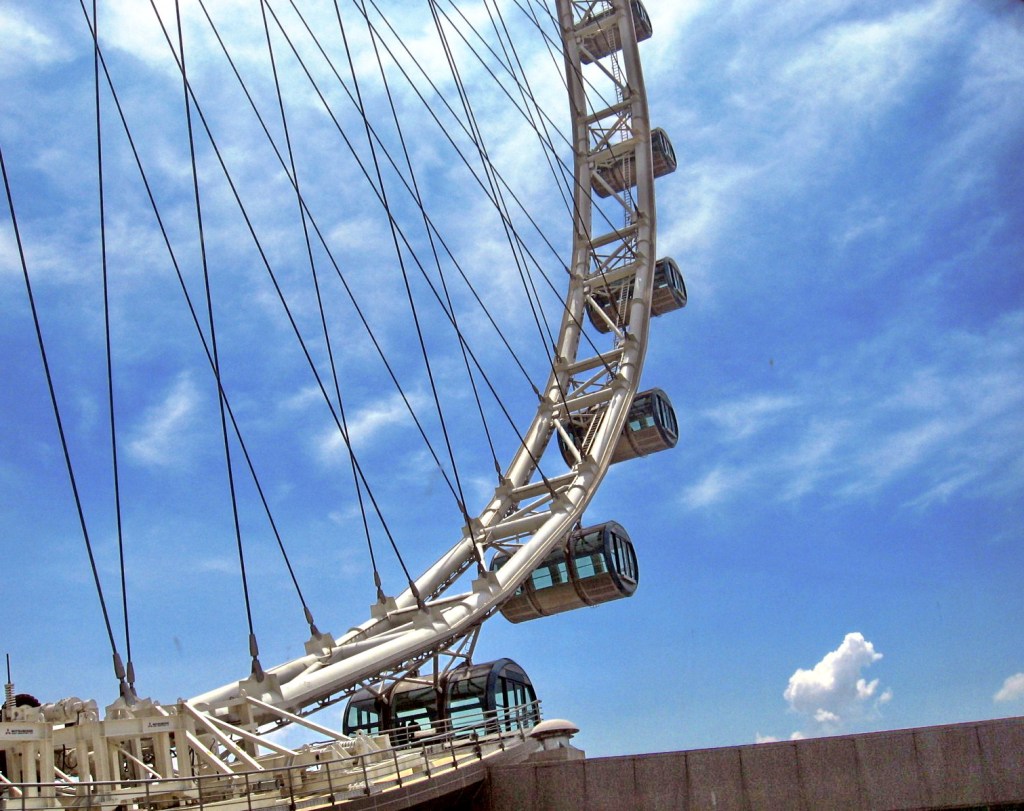
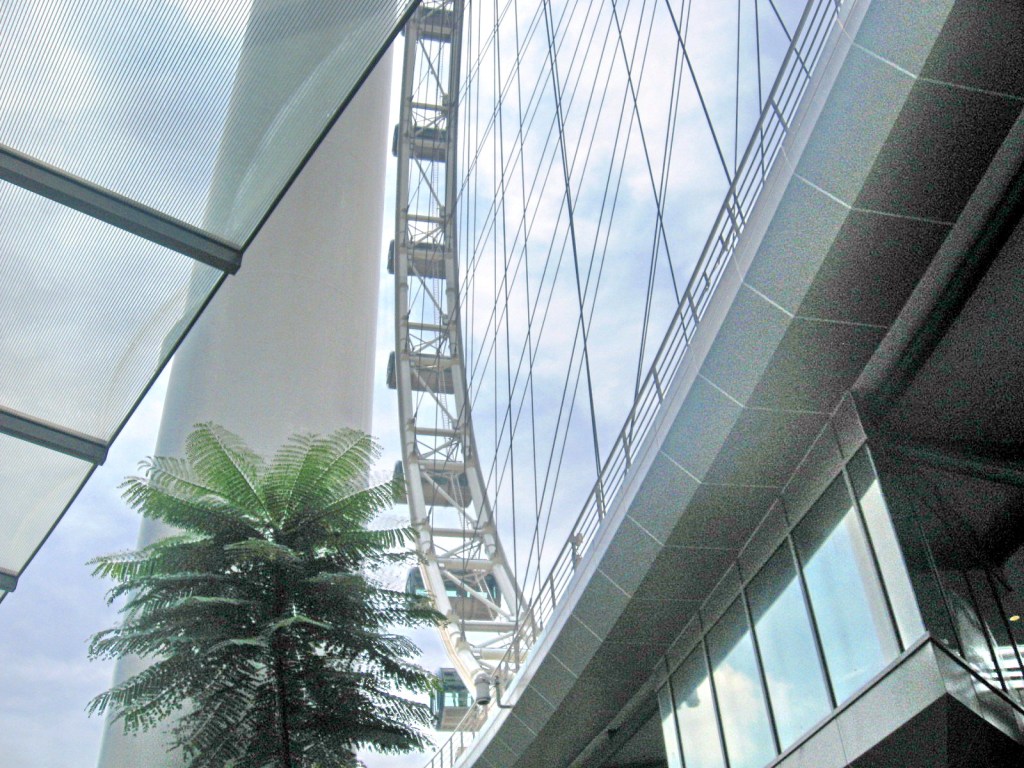
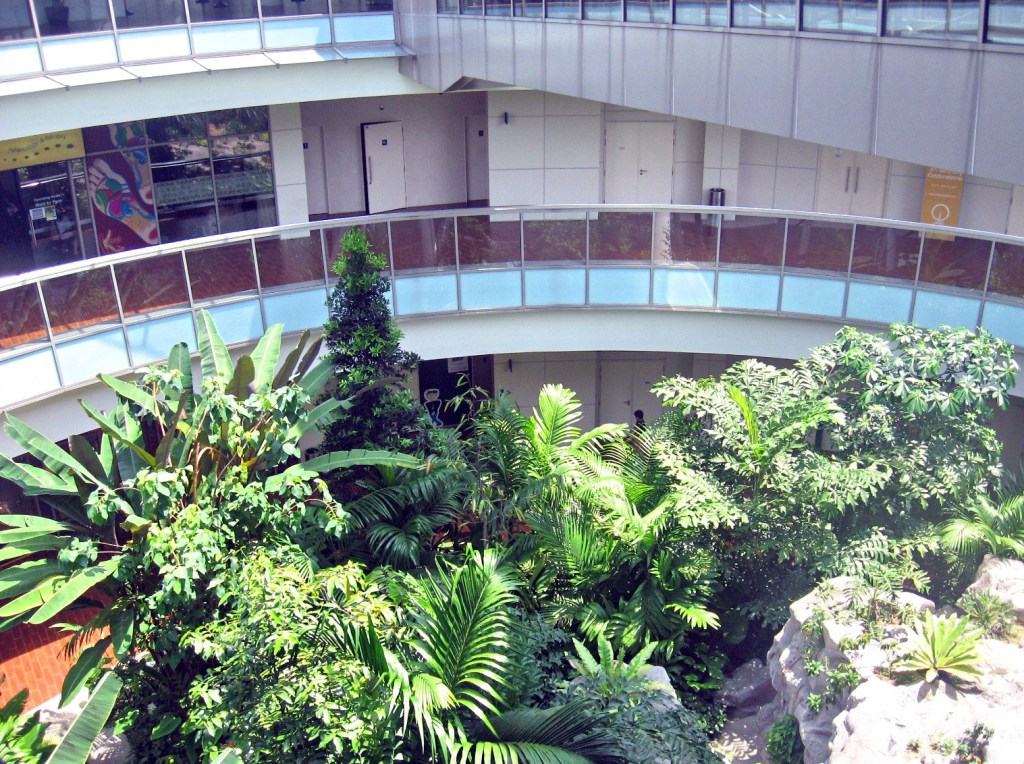
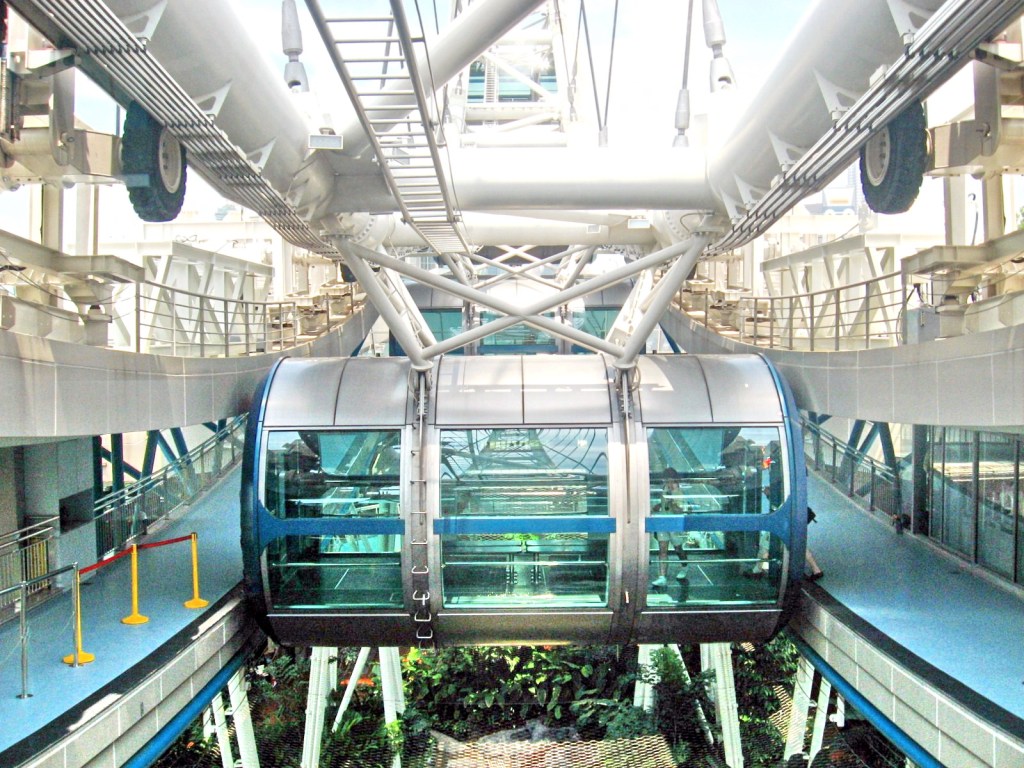
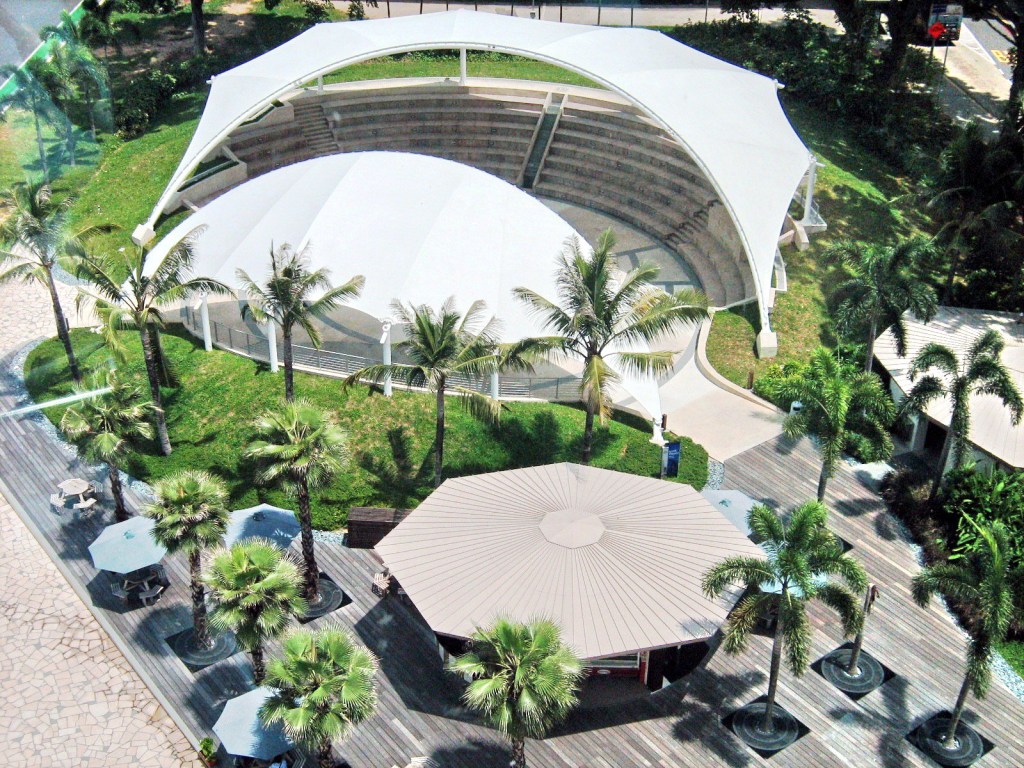
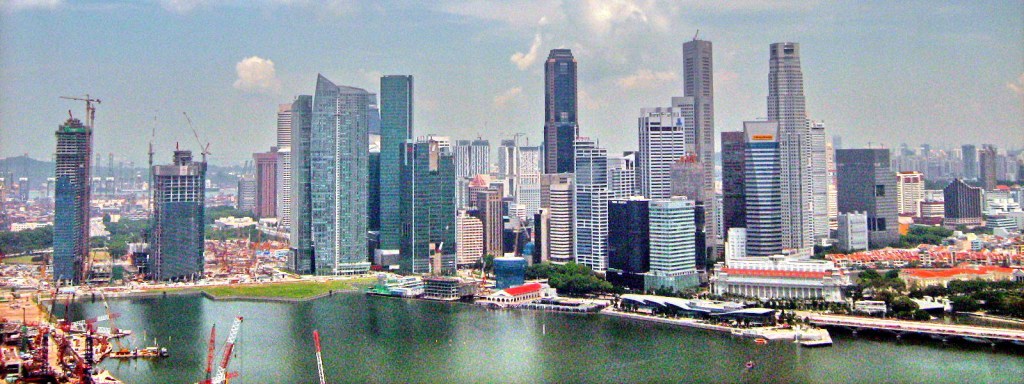
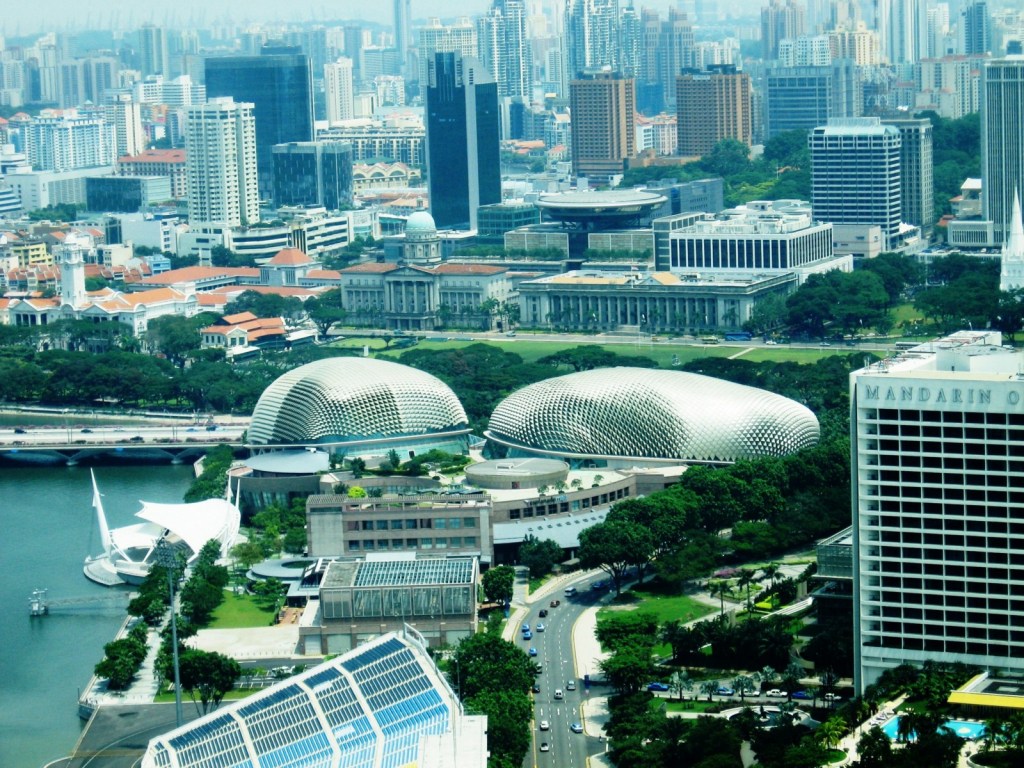
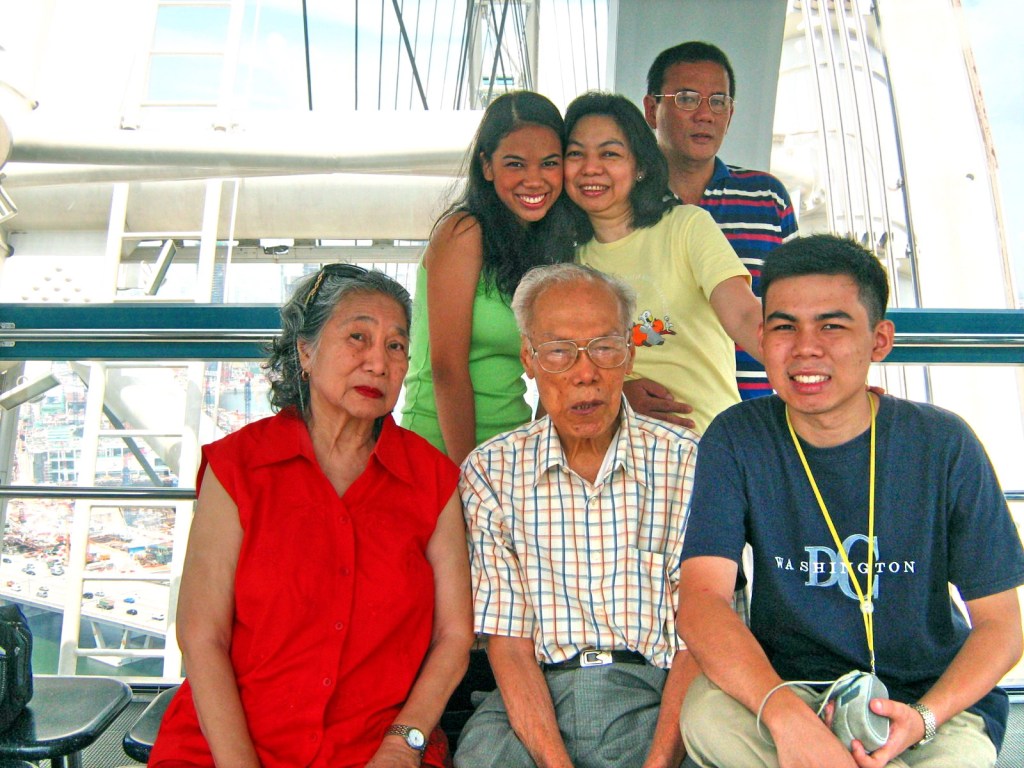
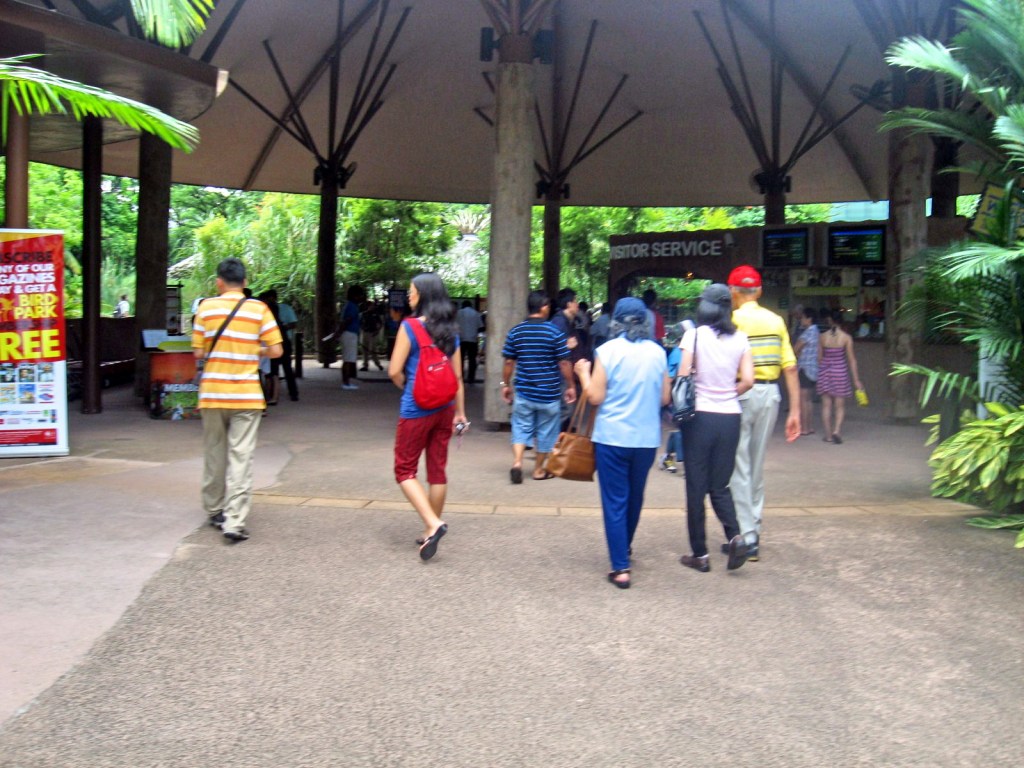
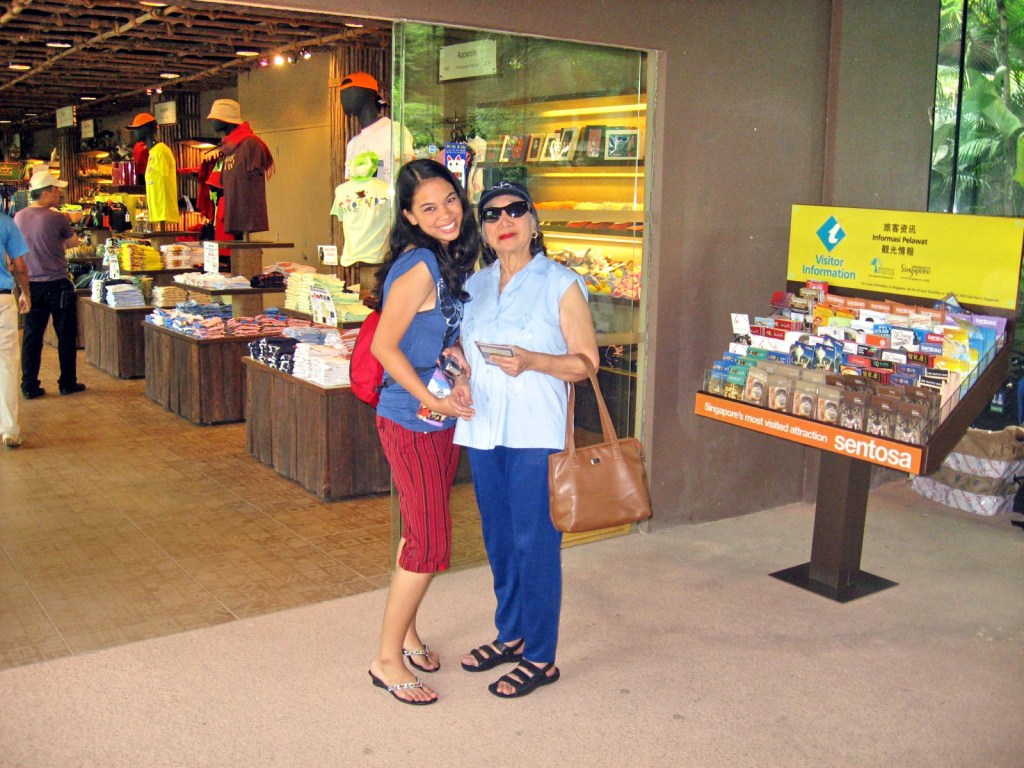





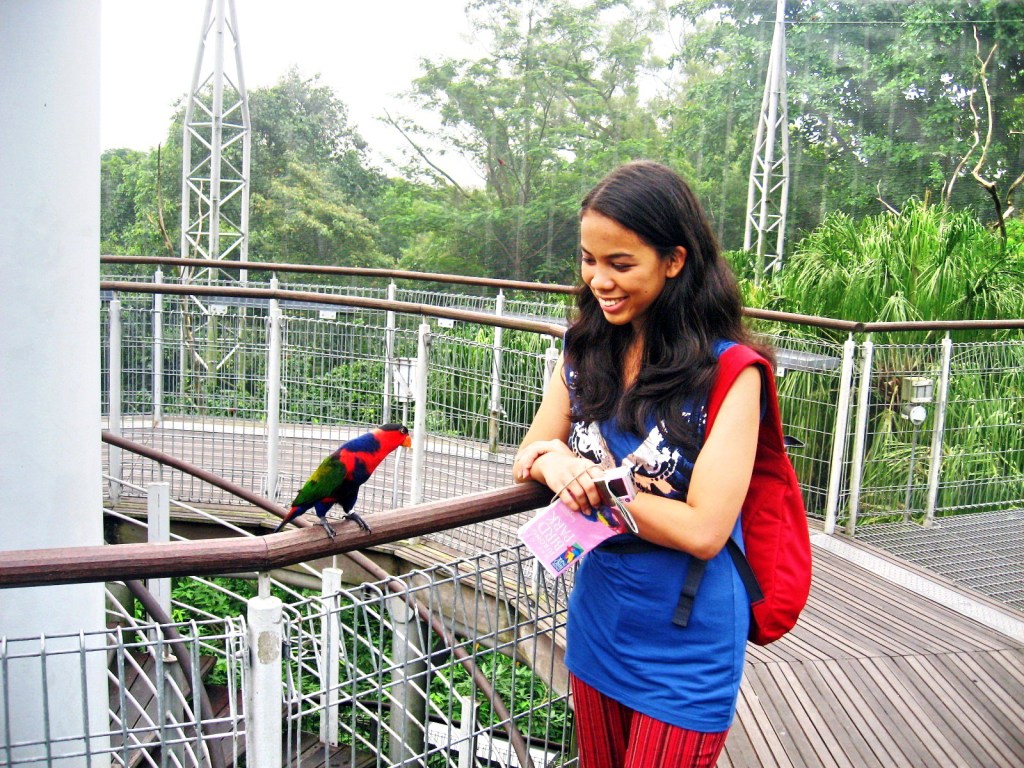







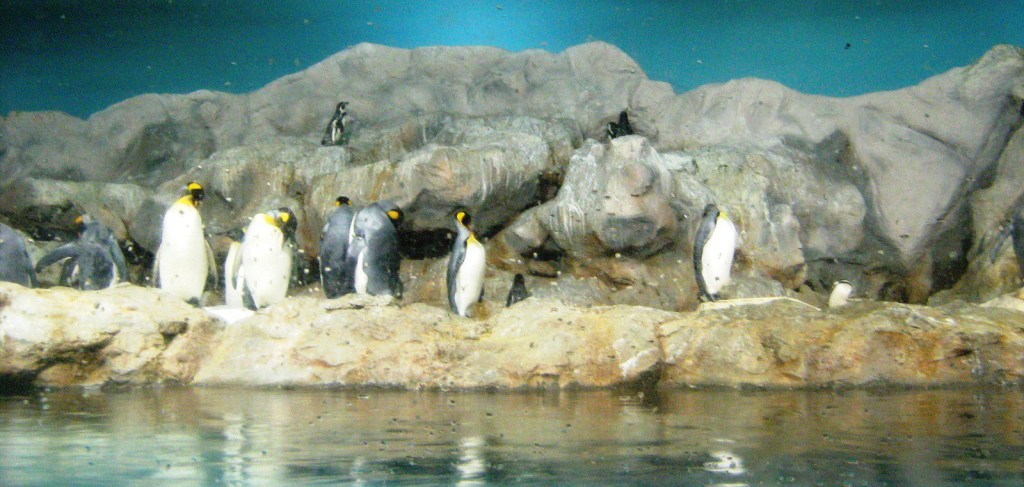
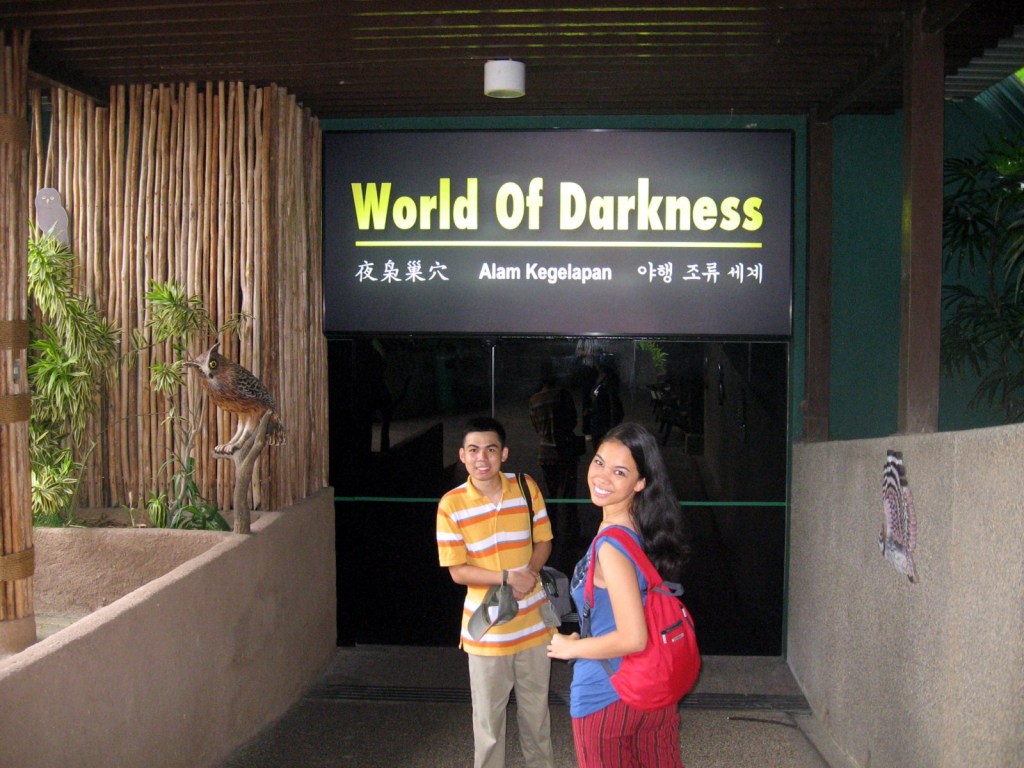

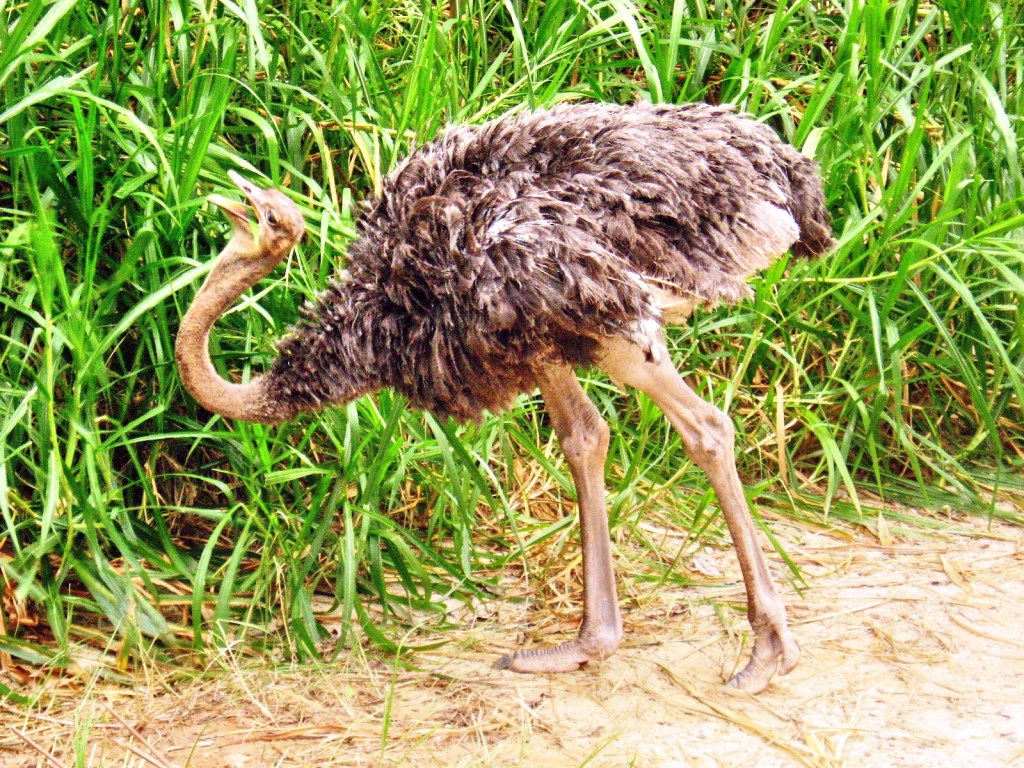

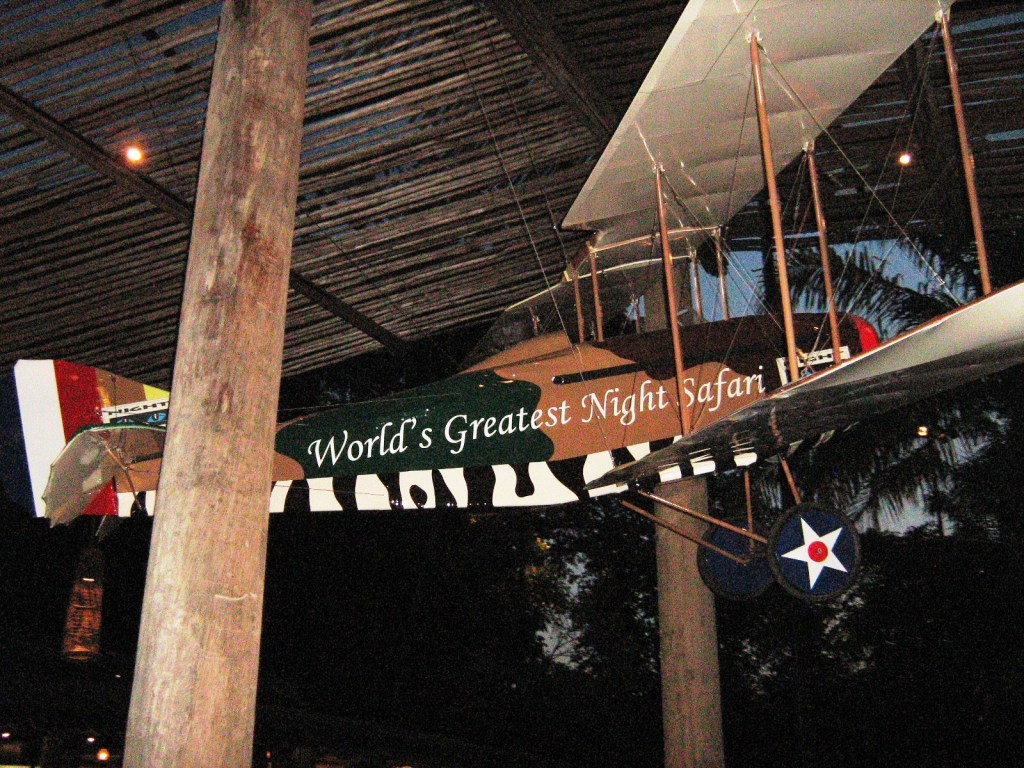
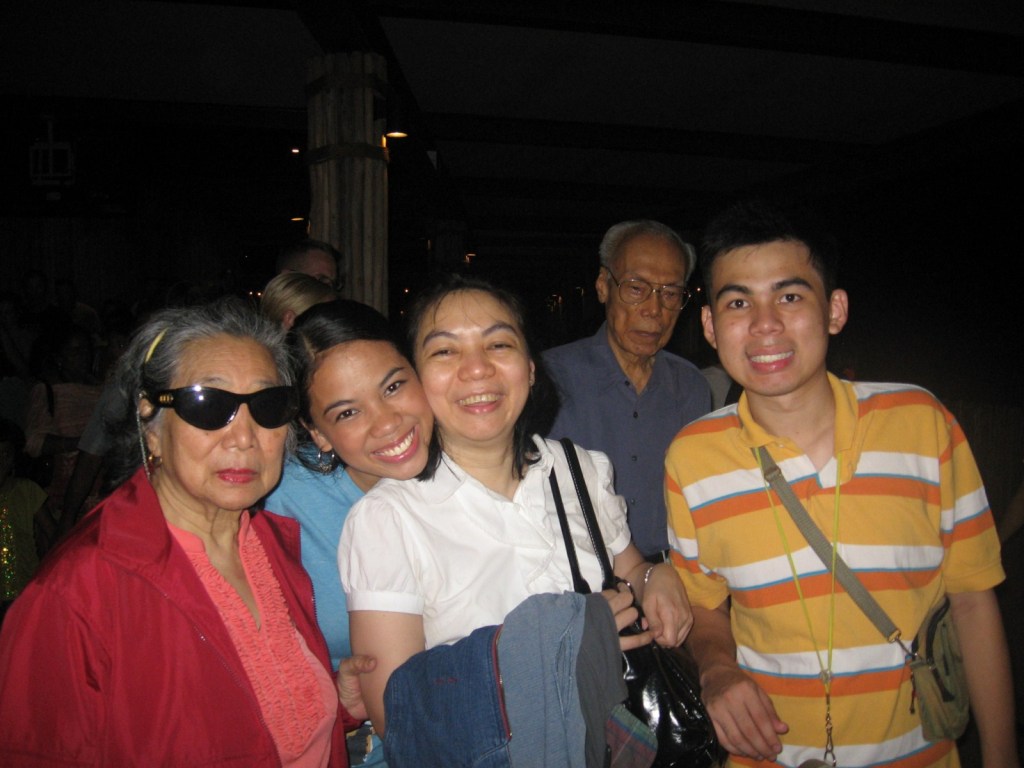
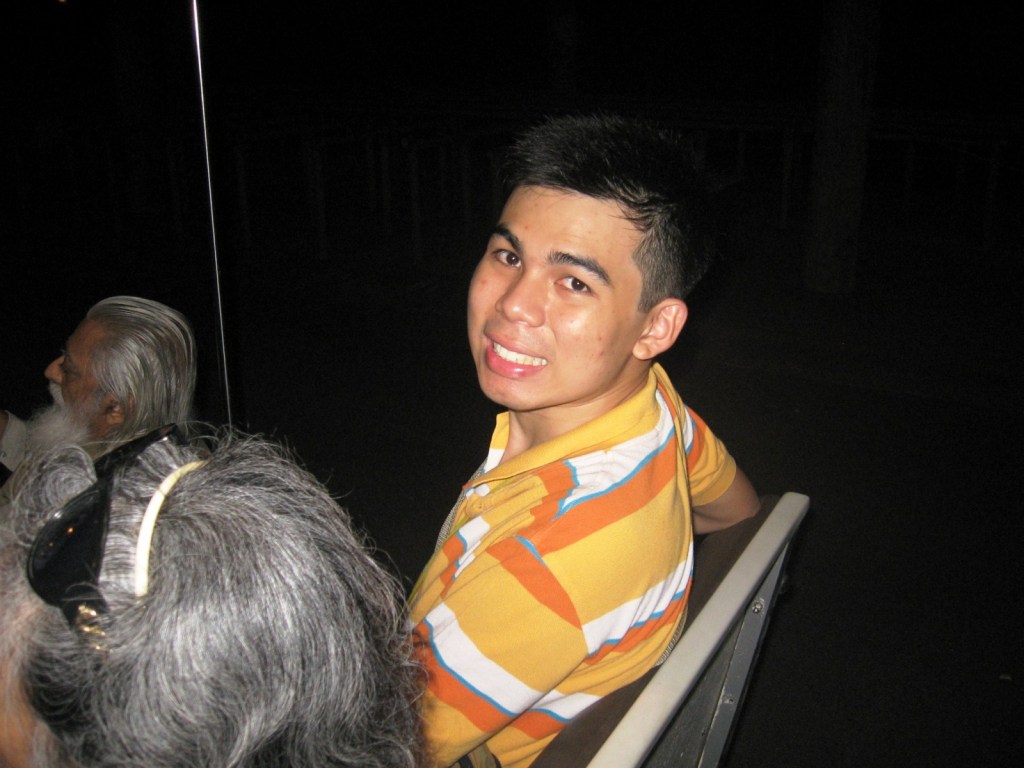
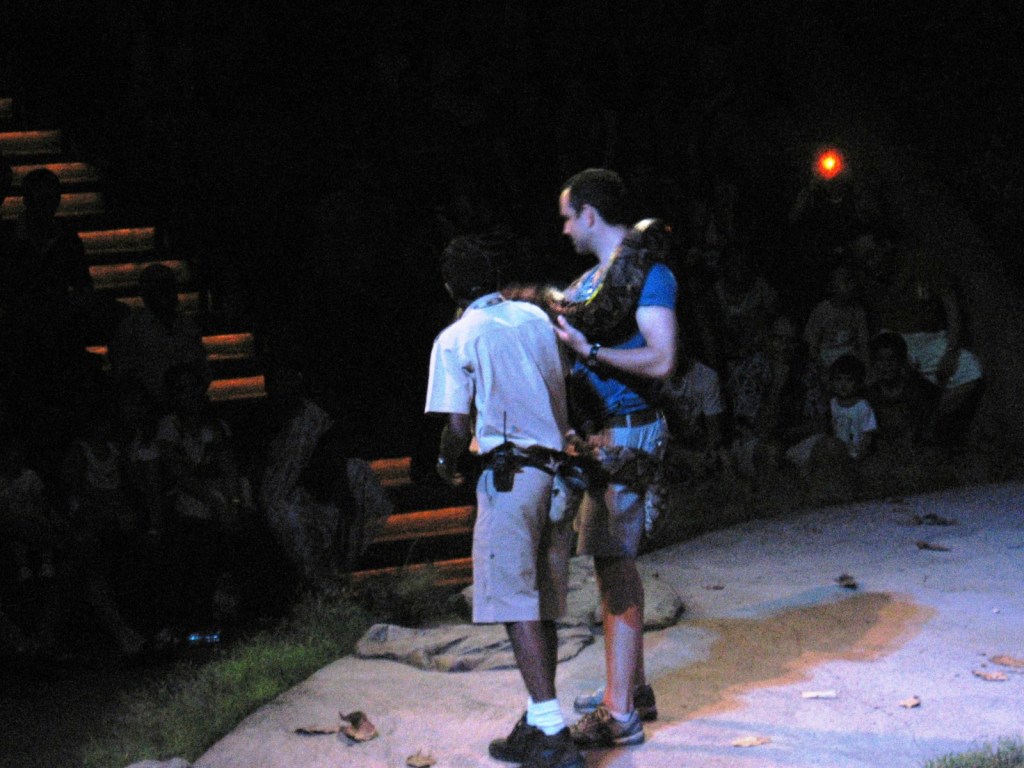
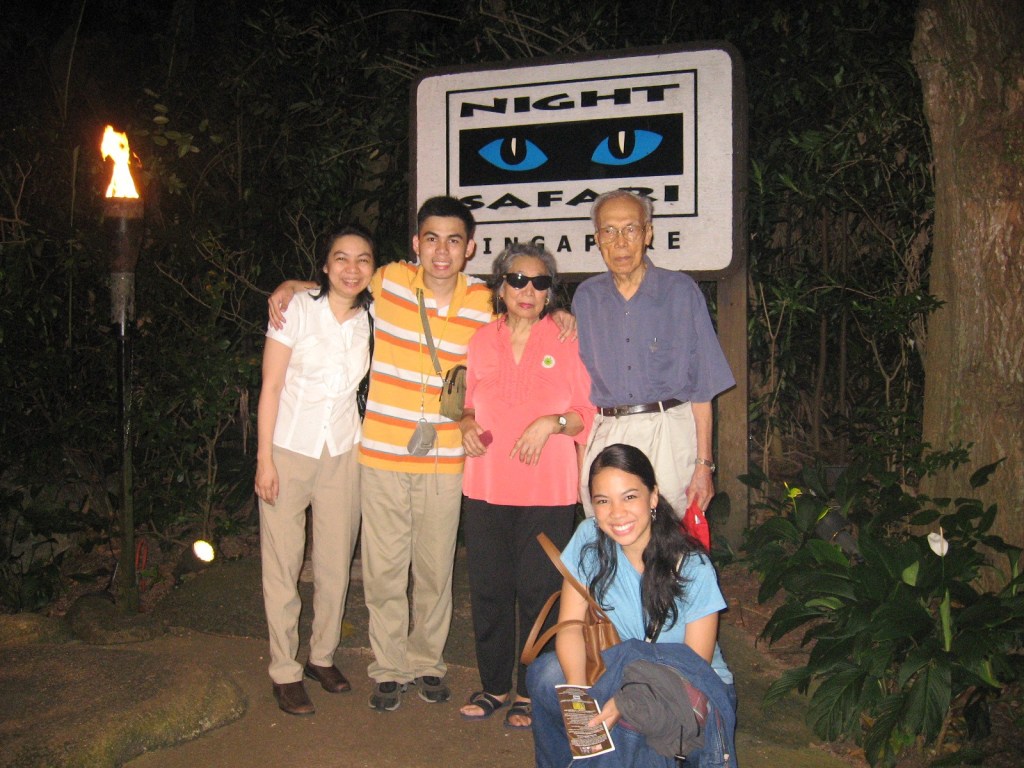

.jpg)

.jpg)
.jpg)
.jpg)

